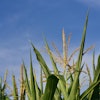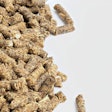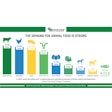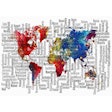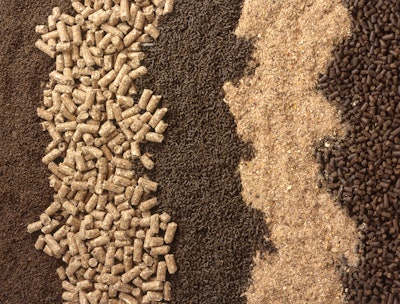
As the Mexican animal ag industry continues to grow, so does the feed industry. Mexico has 620 feed mills with a production capacity of 46.9 million metric tons (MMT) and an annual production of 41.4 MMT of feed, as forecast by the National Feed Council (Conafab) in 2024 in the annual compendium. The industry uses 23.8 MMT of feed grains, 9.2 MMT of oilseed protein meals and DDGS, and 8.4 MMT of other raw materials.
Mexico is among the top five largest feed producers in the world, behind China, the U.S., Brazil and India. In 2023, 30% of the 40.47 MMT produced were for broilers and 13% for layers. That is 43% of the feed manufactured in the country that goes to poultry production. By 2024, 47.5% was expected to be poultry feed (28.6% broilers and 18.9% layers), but confirmed data will be available later in the year.
Feed production is expected to have another good year in 2025, following the same trend as in the last four years of an average annual increase of 2.5%.
However, as Genaro Bernal, general director of Conafab, said during a brief interview with me: “this year could be more complicated due to geopolitical issues such as wars, tariffs and trade restrictions that may impact production.”
Mexico is open to the world; it is one of the countries with the most free-trade agreements. So, a trade war is not advisable.
Despite storm clouds, Bernal says there is good news. Animal protein demand increases beyond population growth in Mexico. So, feed manufacturers trust that the sector will continue to grow at the same rate at an average of 2.5%, mainly in broiler, layer and swine feeds. He does not foresee a drop or stagnation. It did not even happen during the pandemic.
The Mexican feed sector is having its national congress – known as CONAAL – this coming April 2-3 in Guadalajara, the epicenter of the animal ag sector. The event brings together the three feed manufacturers organisms: Conafab, Asociación Mexicana de Productores de Alimentos (Amepa) and Asociación Nacional de Fabricantes de Alimentos de Consumo Animal (ANFACA). The three will get together with the objective of combining efforts for the sector’s own sake.
What do you think?


